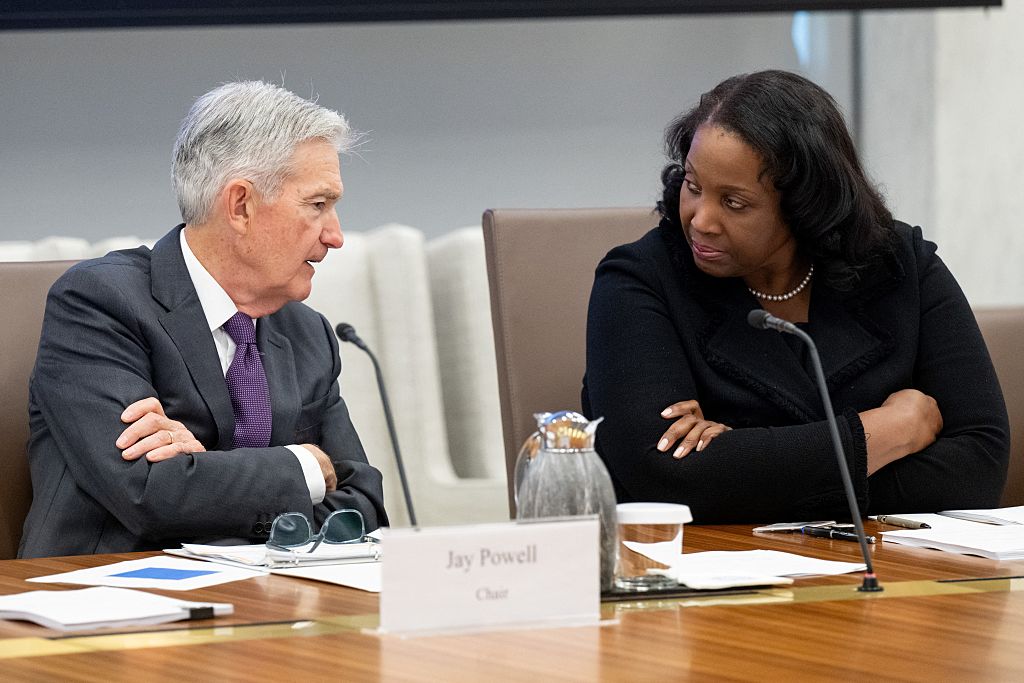Best Ways for Kids to Invest Gift Money
Cash gifts to your children can add up to hundreds, even thousands of dollars. Use them to teach the magic of compounding.

Years ago, parents used passbook savings accounts to teach their children about the magic of compound interest. Unless your goal is to teach your son what happens when the Fed lowers interest rates to zero, you’ll want to find other ways to invest the money.
First, though, you’ll need to set up a custodial account under the Uniform Transfers to Minors Act (UTMA) or the Uniform Gifts to Minors Act (UGMA). Brokerage firms and mutual fund companies can provide you with the forms you need. An adult must be appointed custodian, a role that you or your spouse can assume. Once your child reaches the age of majority, usually 18 or 21, he will get full control of the account. If he decides to cash it out and buy a Harley, there’s nothing you can do about it.
You can invest an UTMA/UGMA in just about anything—stocks, mutual funds, exchange-traded funds—as long as you meet the financial institution’s investment minimum. Consider a total stock market index fund, which invests in virtually all publicly traded U.S. companies, suggests Rose Swanger, a certified financial planner in Knoxville, Tenn. TD Ameritrade offers custodial accounts with no investment minimum and hundreds of no-transaction-fee funds. Online stock trades cost just $9.99. Charles Schwab’s custodial account has an investment minimum of $100, and Schwab charges $8.95 to buy and sell stocks online. It also offers a large slate of no-transaction-fee funds.
From just $107.88 $24.99 for Kiplinger Personal Finance
Be a smarter, better informed investor.

Sign up for Kiplinger’s Free Newsletters
Profit and prosper with the best of expert advice on investing, taxes, retirement, personal finance and more - straight to your e-mail.
Profit and prosper with the best of expert advice - straight to your e-mail.
Watch out for taxes. If your child proves to be an adept investor (or receives a lot more gift money), you could end up paying the “kiddie tax.” Under kiddie-tax rules, the first $1,050 of interest, dividends and capital gains from the account is tax-free; the next $1,050 is taxed at the child’s rate. Earnings above $2,100 are taxed at the parents’ rate. Consider this an opportunity to teach your child about the impact of taxes on investment returns—and the importance of tax-efficient investing. You can minimize the kiddie tax, for example, by avoiding short-term gains, which are taxed at your ordinary income rate. Hold investments for more than a year and you’ll pay long-term capital gains rates—typically 0% to 15%.
Impact on financial aid. When it is time to apply for college, an UTMA/UGMA account will reduce your child’s eligibility for financial aid. The federal financial aid formula counts 20% of a child’s assets (and that includes custodial accounts) when considering how much a family can afford to contribute toward college costs, versus a maximum of 5.64% of parents’ assets.
To avoid that problem, you could invest the money in a custodial 529 college-savings plan. Custodial 529 plans are considered a parental asset under the financial aid formula. If you already have an UTMA/ UGMA, you can convert it to a custodial 529 plan. Because 529 plans accept only cash, you’ll have to sell the investments in the account first. If you have a lot of investment gains, you can lower the tax hit by stretching the conversion over several years, says Joe Hurley, founder of SavingforCollege.com. Once the money is in the 529 plan, gains are tax-free, as long as the money is used for qualified educational expenses.
One possible sticking point: Parents can change beneficiaries in their own 529 plans, but a custodial 529 plan must remain in your child’s name. When your child reaches the age of majority, he will gain control of the account.
Profit and prosper with the best of Kiplinger's advice on investing, taxes, retirement, personal finance and much more. Delivered daily. Enter your email in the box and click Sign Me Up.

Block joined Kiplinger in June 2012 from USA Today, where she was a reporter and personal finance columnist for more than 15 years. Prior to that, she worked for the Akron Beacon-Journal and Dow Jones Newswires. In 1993, she was a Knight-Bagehot fellow in economics and business journalism at the Columbia University Graduate School of Journalism. She has a BA in communications from Bethany College in Bethany, W.Va.
-
 I claimed Social Security six months ago at 62, but my checks are too small. What are my options?
I claimed Social Security six months ago at 62, but my checks are too small. What are my options?We asked financial experts for advice.
-
 This Is How Much You'll Have to Pay to Share Streaming Services
This Is How Much You'll Have to Pay to Share Streaming ServicesIt now costs more to share streaming services with family members who don't live with the account holder. Here's what Netflix, Amazon, Hulu and Disney+ charge.
-
 Government Shutdown to Delay Data, Including Key Jobs Report
Government Shutdown to Delay Data, Including Key Jobs ReportWhile government shutdowns typically don't impact stock returns, they can delay the release of key economic data – including the monthly jobs report.
-
 September Fed Meeting: Updates and Commentary
September Fed Meeting: Updates and CommentaryThe September Fed meeting is a key economic event, with Wall Street keyed into what Fed Chair Powell & Co. will do about interest rates.
-
 Hot August CPI Report Doesn't Shift the Rate-Cut Needle: What the Experts Say
Hot August CPI Report Doesn't Shift the Rate-Cut Needle: What the Experts SayThe August CPI came in higher than forecast on a monthly basis, but Wall Street still expects a rate cut at next week's Fed meeting.
-
 Dismal August Jobs Report Offers Rate-Cut Relief: What the Experts Are Saying
Dismal August Jobs Report Offers Rate-Cut Relief: What the Experts Are SayingThe August jobs report came in much lower than expected, lifting the odds that several rate cuts will come through by year's end.
-
 Can President Trump Fire Fed Governor Lisa Cook?
Can President Trump Fire Fed Governor Lisa Cook?Markets hate uncertainty, especially when it comes to monetary policy and interest rates, and questions about the Fed are compounding.
-
 Powell Signals Rate Cuts in His Jackson Hole Speech. Here's What Wall Street is Saying
Powell Signals Rate Cuts in His Jackson Hole Speech. Here's What Wall Street is SayingIn his speech at the Jackson Hole symposium Friday, Fed Chair Jerome Powell said current conditions "may warrant" rate cuts.
-
 Trump-Era Regulations Will Broaden Access to Crypto
Trump-Era Regulations Will Broaden Access to CryptoThe Kiplinger Letter The president wants to make the U.S. the leader in digital assets.
-
 July CPI Report Boosts Rate-Cut Odds: What the Experts Say
July CPI Report Boosts Rate-Cut Odds: What the Experts SayThe July CPI report shows that tariffs are having a slight impact on inflation, though not enough to keep the Fed from cutting interest rates.